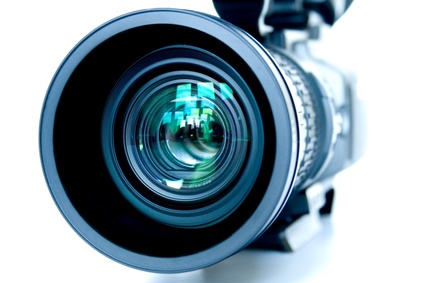Market research - Customer Surveys and Focus Groups
Market research has always been considered important in new service or new product development. ‘Let’s find out what the people think’ – has, in most good marketing organisations, always been a clear way of reviewing how things are going and identifying a way forward.

Business has indeed speeded up and many traditional market research methods can take too long for the ‘must know yesterday’ CEO. So, many companies are looking for short cuts to get feedback from their customers. Customer surveys are a great way of finding out how your customers are feeling about your services – and if you incentivise your survey in some way (eg: they enter a prize draw to win a weekend away; case of champagne; ipod etc) then you hold quite a chance of getting a decent enough sized sample to provide you with some interesting and useful results.
Of course, as when crafting a ‘sales letter’ – don’t rush into putting your ‘survey’ questions together. You really have to consider what it is that you want to learn from your audience – and ensure that you craft the questions to really hit on the key questions you want answers to.
I have crafted a number of surveys over the years – and a couple of times I’ve drawn the conclusion that ‘I simply didn’t ask the right questions’. This is also why it’s always good practice to test a survey to a small sample of people before you release it to the broader audience. This way you ensure that your questions are not misunderstood – you see the quality of the data that comes back and you get an opportunity to assess and tweak where necessary.
There are some great online survey resources – one I am very familiar with is Zoomerang (www.zoomerang.com) – very easy to craft, flexible and I’ve never had any reason to complain.
Of course, it may be that online surveys are not for you – and that you need to get a more ‘indepth’ view of your target audience / customer group.
More qualitative research lends itself to ‘Focus Group’ – ‘Customer Group’ (call it what you will) in-depth research.
So here are some Focus Group Research pointers for you to consider:
- Consider what information is being sought and how insights derived will be used.
- Create an interview guide which is essentially an outline of the key issues, areas and questions to be covered
- Questions must be open and non-committal, leading the group to discuss the issue without being biased by the wording or presentation of the topic.
- Group size between 8 and 12. No fewer than 4 and no more than 12. The more sensitive the issues, the smaller the group should be.
- Group should be fairly homogeneous, with a little diversity to ensure different points of view and to stimulate discussion.
- The quality of the output from the group is dependent upon having the right people participating.
- For a group to develop a relaxed, comfortable, natural discussion – its members must have a ‘community of interests’. The group must have some common interest they can establish, be it in background, product use, attitudes, etc to help them form themselves into a group.
- The moderator’s objective is to focus the discussion on the relevant subject areas in a non-directive manner. To facilitate this, the moderator must establish rapport with the participants, make them relax and promote free discussion.
- In order for the moderator to ‘draw in’ the participants – and not seem as if the participants are being interviewed – it is useful to use other methods of analysis – such as ‘wish lists’ etc.
- The venue for the focus group must be one in which the respondents feel comfortable and at ease. It must also be one they can find and reach easily. A normal and familiar setting, where there is sufficient space for discussion, and where the group will not be disturbed.
- It is best practice to record the session – so that the moderator can participate within the group, without having to focus on detailing responses. The use of the tape recorder must be discussed at the outset to all participants.
- The moderator’s opening remarks will set the style and tone of the discussion.
- Open the group by asking the participants to introduce themselves, and say a little about their business/occupation etc. This should break the ice and start the process of the participants relating to each other.
- Two hours is considered the outside limit for a productive group session. The moderator must pace the discussion so that all topics in the guide are covered, and ensure that important areas are not missed.
- Analysis and interpretation of the discussion – playing back the tapes and systematically relating and classifying the information according to objectives, problems, ideas and source.
For more marketing news, views, tips and advice - why not subscribe to
